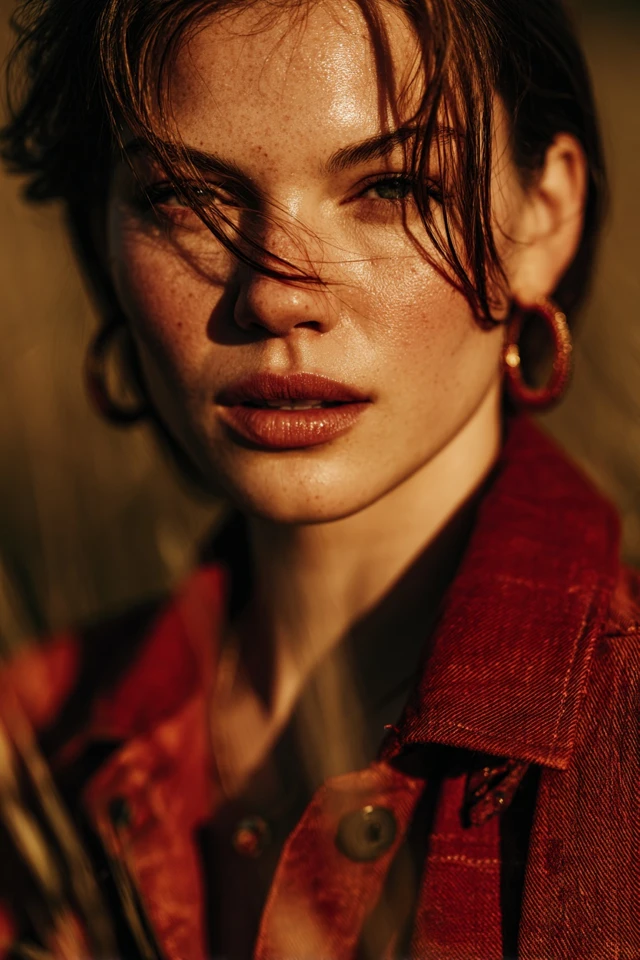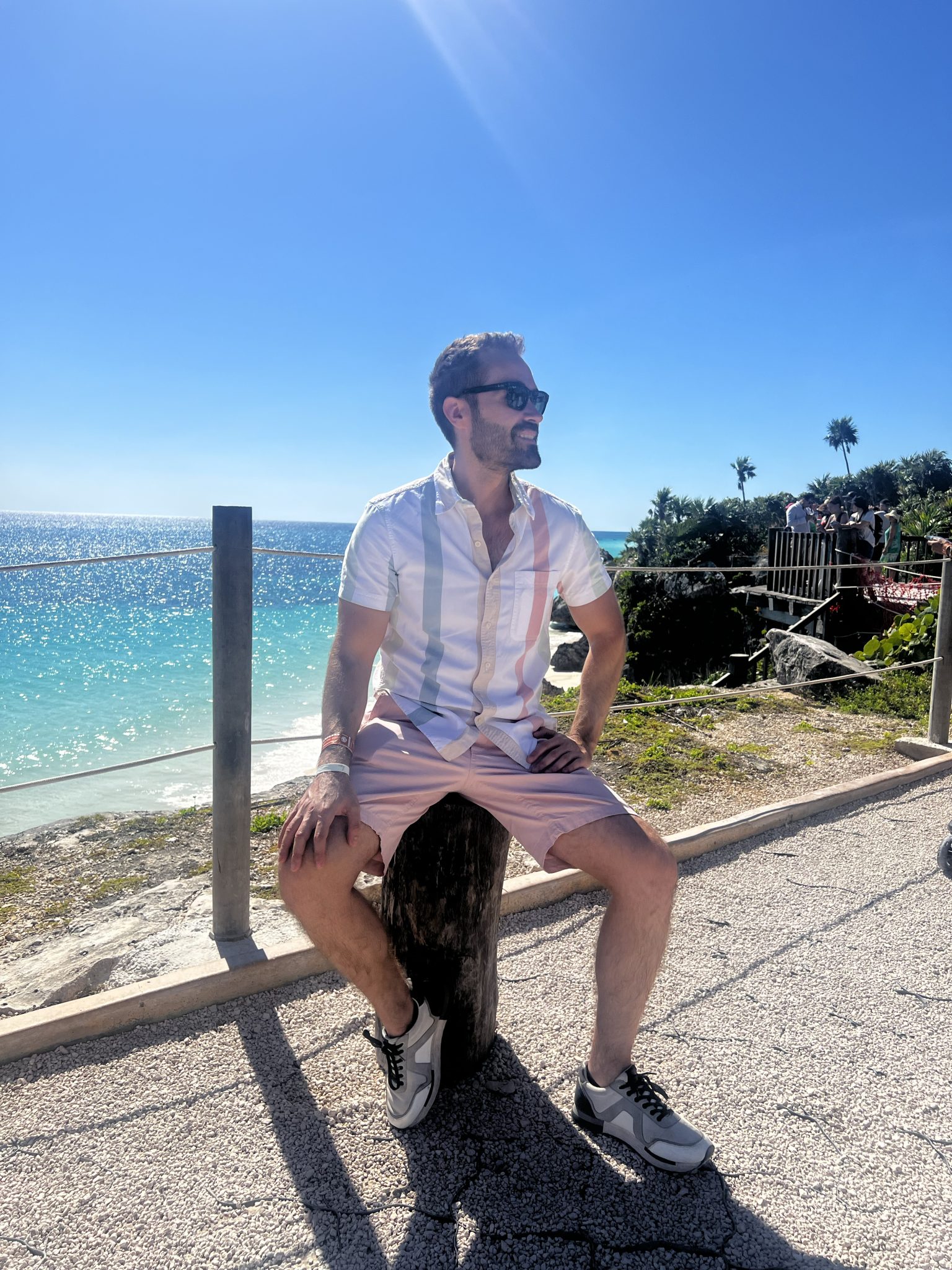Introduction
There’s something unmistakably warm and nostalgic about slipping into a cozy flannel shirt as the crisp autumn air sets in. I remember a moment many falls ago, standing by a bustling city street, wrapped in my oversized denim jacket layered over a vintage band tee, embodying the effortless 90s vibe that still commands attention today. The smell of pumpkin spice and fallen leaves mingled with the cool breeze — all while I felt utterly confident, grounded in a style that blends comfort with a rebellious edge.
Why does this matter? Because fall is not just a season; it’s a powerful canvas for self-expression. The 90s fashion resurgence offers a perfect intersection of boldness and simplicity, inviting us to revisit foundational wardrobe pieces that speak volumes about personality without shouting. Understanding the essentials of 90s fall style is about more than nostalgia — it’s about harnessing the psychology of color, texture, and silhouette to present the best version of ourselves, whether we’re dressing for work, casual days, or special occasions.
About the Author and My Trend Boutique
This comprehensive guide delves into how the wardrobe basics of that iconic decade can influence perception and confidence today. Together, we’ll explore the art and science behind fashion choices, embrace the emotional power of color, and unlock practical tips to build a wardrobe that is as timeless as it is trendy. Ready to discover your perfect 90s-inspired fall foundation? Let’s begin.
Foundational Concepts
To truly appreciate and master 90s fall essentials, we must first understand the underlying concepts that make fashion more than just clothing. Three key ideas come into play: color psychology, trend forecasting, and dressing to impress.
Color Psychology
Color psychology studies how hues affect human behavior and emotions. For decades, designers and marketers have utilized this knowledge to evoke specific feelings or convey messages. In fashion, the colors you choose for your outfit influence not only how others perceive you but how you feel internally. For instance, deep burgundies and forest greens common in 90s fall fashion evoke warmth, stability, and grounded energy — perfect for the cool, transitional weather. These colors can boost self-confidence by aligning mood and appearance, a phenomenon supported by academic research linking color exposure to changes in mood and cognitive performance.
Trend Forecasting
Trend forecasting is the study of predicting what will be popular in fashion, based on cultural shifts, social movements, and technological innovations. Although the 90s era now belongs to history, its influence is cyclical due to its adaptability and unique appeal. Understanding how past trends like grunge layering, slip dresses, and wide-leg jeans resurface today allows you to integrate those essentials with contemporary touches—ensuring your look feels fresh yet familiar. A relatable story: many of my clients have transformed their wardrobes by selectively reintroducing 90s staples with updated cuts and fabrics, proving that fashion’s past is a well of endless inspiration.
Dressing to Impress
Dressing to impress goes beyond outward appearances; it’s about dressing with intention. The confidence that flows from a thoughtfully curated outfit radiates outward, influencing social interactions and even professional outcomes. When you embrace 90s fall essentials, you’re not just following a trend — you’re strategically communicating authenticity, creativity, and resilience. Imagine stepping into a meeting wearing a tailored plaid blazer over a crisp turtleneck, radiating competence and style without sacrificing comfort. That’s the power of dressing with purpose.
Picture Gallery
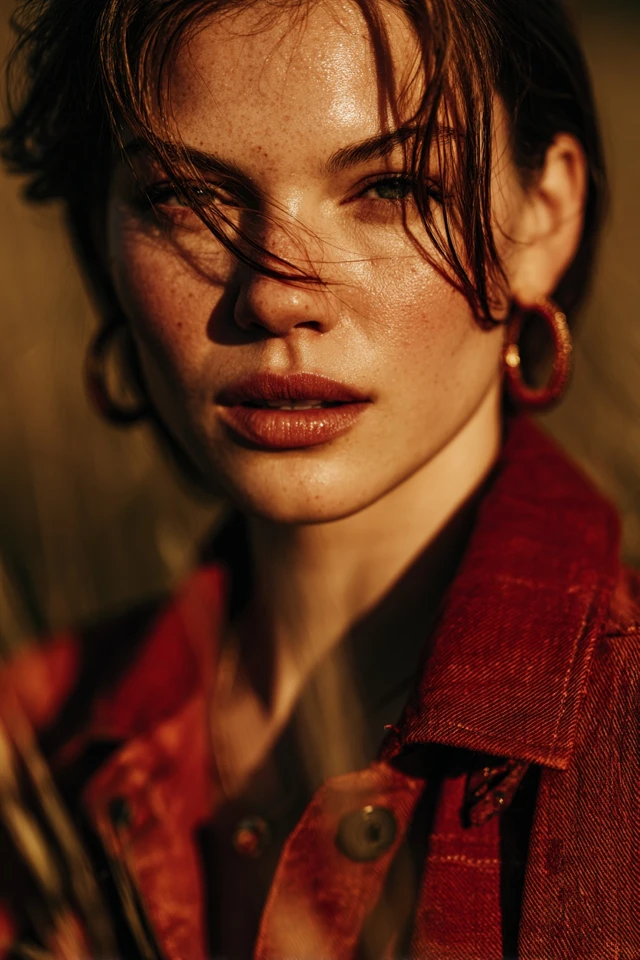
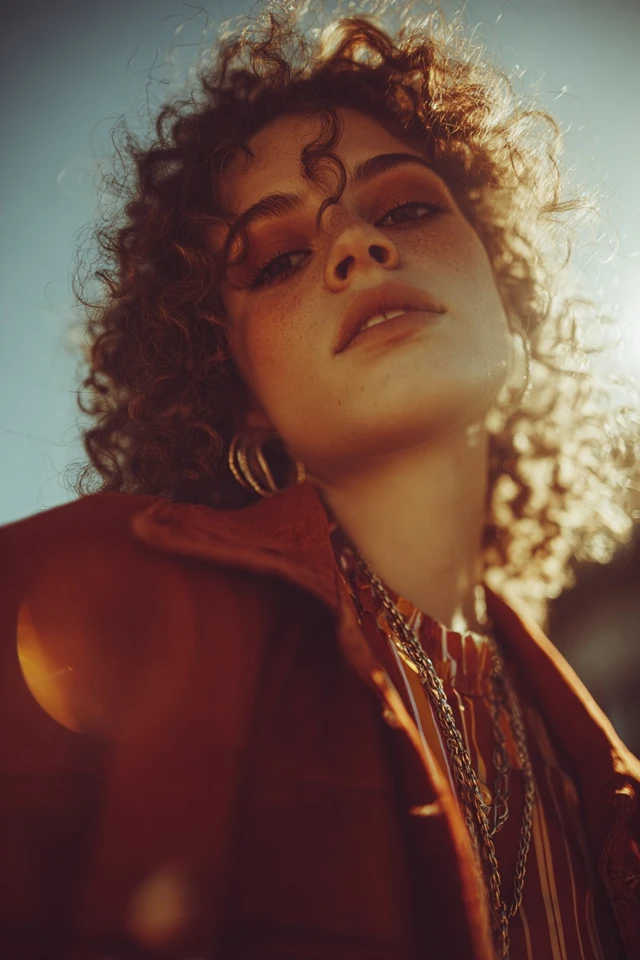
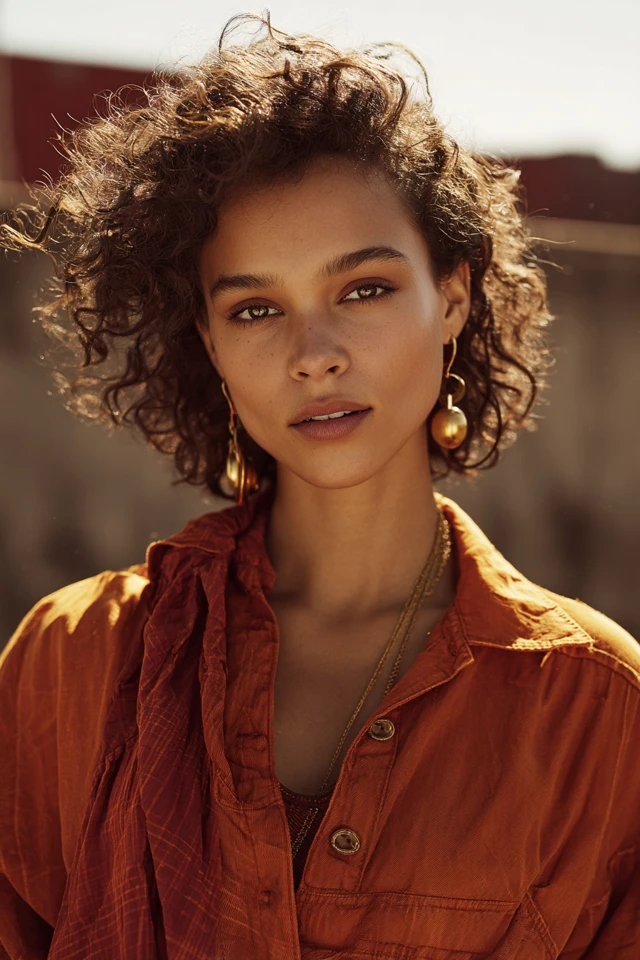
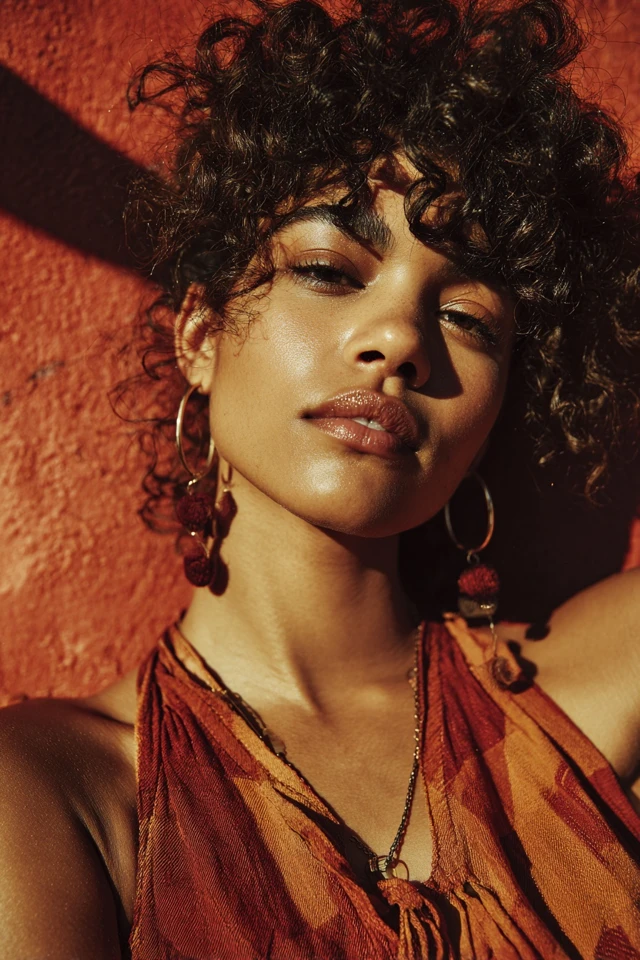
Color Psychology & Emotional Impact
Color is a silent yet potent communicator in fashion, influencing first impressions and emotional responses instantaneously. For fall, 90s palettes shift toward richer, earthier tones that evoke nostalgia and a sense of calm security. Studies show that warm colors like mustard yellow and burnt orange can stimulate feelings of optimism and energy, making them excellent choices for creative or social settings.
Cooler shades such as slate gray or muted navy convey professionalism and sophistication, implying reliability and composure—traits highly valued during important occasions or work environments. Wearing these colors in textures characteristic of the 90s—like corduroy or suede—adds layers of tactile comfort, enhancing the emotional impact.
Beyond personal mood enhancement, colors affect how you are perceived by others. For example, red is often linked with power and passion, making it an ideal accent in accessories or statement pieces. Meanwhile, neutral hues create a versatile base that can be easily mixed and matched, letting you control the overall tone of your outfit with subtle shifts.
For visual reference, consider sourcing color swatches of 90s fall tones such as burgundy (#800020), forest green (#014421), and mustard yellow (#FFDB58) to experiment with combinations that uplift and empower.
Personal Style & Body Type Considerations
One of the joys of 90s fall essentials is their adaptability across different body types and complexions. Selecting the right silhouettes, fabrics, and hues enhances natural features, promoting both comfort and aesthetic appeal.
Silhouettes
- Hourglass: Embrace fitted waistlines with high-waisted mom jeans paired with a cropped knit sweater to accentuate curves without overwhelming them.
- Rectangle: Use layering to create dimension—think oversized flannel shirts over slim turtlenecks coupled with wide-leg trousers to add curves visually.
- Pear: Choose A-line skirts or bootcut jeans with darker hues on the lower body, balancing with lighter, patterned tops in warm fall colors.
- Apple: Opt for slightly loose fitting tops like oversized sweaters and structured jackets to draw attention upward while elongating the torso.
Fabrics & Hues
Corduroy, leather, denim, and wool prevail as hallmark 90s fabrics for fall. These provide warmth and texture, crucial for the season’s layered looks. When selecting colors, consider your skin undertone:
- Warm undertones: Mustards, rusts, deep reds, and olive greens complement your natural glow.
- Cool undertones: Sapphire blues, wine, purples, and charcoal grays harmonize with your complexion.
- Neutral undertones: Almost any fall color works well; experiment with varied 90s hues to find personal favorites.
Quick Style Quiz
Discover your 90s fall fit:
- Do you prefer fitted clothing or loose layering?
- Which colors make you feel most confident: bold (red, orange) or muted (gray, olive)?
- Are your fabrics soft and cozy or structured and sleek?
- What is your go-to fall accessory: a beanie, chunky belt, or vintage scarf?
- Do you lean toward nostalgic grunge or polished preppy styles?
Answering these questions can guide your curated wardrobe choices, merging 90s retro influence with personal comfort and style.
Current Trends & Timeless Classics
While fashion cycles through rapid shifts, the 90s continue to offer an unparalleled foundation for fall wardrobes, blending current trends with timeless pieces.
Trending now: Oversized blazers in plaid or solid jewel tones, chunky combat boots, and slip dresses layered over turtlenecks are making waves. These pieces perfect the balance between edgy and polished. The resurgence of textured knits—especially in neutral and earth tones—adds an inviting tactile quality to everyday styling.
Timeless classics: Denim jackets, straight-leg jeans, leather belts, and neutral-toned scarves remain go-to essentials that never go out of style. Incorporating these pieces ensures versatility and longevity in your wardrobe.
Styling tip: Mix a structured blazer with vintage graphic tees and your favorite high-waisted jeans, then finish with neutral ankle boots. This blend channels authentic 90s style with contemporary polish—a winning formula for dressing to impress in the fall.
Practical Tips & Recommendations
Building a fall wardrobe rich in 90s essentials starts with mindful shopping and careful garment care.
- Shopping Advice: Prioritize quality over quantity. Look for natural fibers like cotton, wool, and leather that offer durability and comfort. Thrift stores and online vintage shops can be treasure troves for authentic 90s pieces at affordable prices.
- Wardrobe Maintenance: Proper laundering extends the life of your clothes. Lace or knitwear should be hand-washed or dry cleaned, while jeans can be washed less frequently to preserve fit and color.
- Layering: Master the art of layering with sweaters, flannels, and jackets, combining various textures and patterns to add depth. Rolling up sleeves or partially tucking tops reveals silhouette while avoiding bulkiness.
- Accessories: Enhance outfits with chokers, hoop earrings, fanny packs worn crossbody, and beanie hats—all iconic 90s staples that elevate casual ensembles.
- Color Combos to Try: Mustard yellow sweater with deep navy jeans; rust plaid blazer over a cream turtleneck; olive green cargo pants paired with burnt orange chunky sweaters—all harmonize classic fall tones with mood-boosting impact.
FAQs
- Q1: What is a good signature color for someone new to 90s-inspired fall fashion?
- A: Start with classic burgundy or forest green. These shades are versatile, flattering on most skin tones, and embody the 90s fall palette perfectly.
- Q2: How can I update my fall wardrobe on a budget?
- A: Shop secondhand, focus on timeless basics like denim jackets and corduroy pants, and refresh your look with accessories such as scarves and belts that add seasonal flair.
- Q3: What pieces should be part of a 90s fall capsule wardrobe?
- A: High-waisted jeans, oversized flannel shirts, chunky knit sweaters, leather boots, and a versatile jacket like a trench or denim are essential. These allow mixing and matching with ease for different occasions.
- Q4: How do I combine bold 90s colors without clashing?
- A: Use neutral base layers and introduce pops of bold color through accessories or one statement piece. This controls visual balance while remaining true to 90s vibrancy.
- Q5: Can 90s fall fashion work for formal settings?
- A: Absolutely. Tailored plaid blazers paired with simple turtlenecks and sleek trousers create a polished look that incorporates 90s elements with professionalism.
Conclusion
The 90s fall wardrobe basics are not merely a trend but a timeless style toolkit that harnesses the power of color psychology, texture, and thoughtful layering to boost confidence and personal expression. By embracing these foundational pieces—whether it’s an oversized flannel, a fitted blazer, or a pair of high-waisted jeans—you tap into a visual language that speaks authenticity and charisma.
Fashion should be fun and reflective of who you are inside and out, so don’t hesitate to experiment with silhouettes, hues, and accessories inspired by this iconic decade. Remember, dressing to impress starts with dressing for yourself. I invite you to share your favorite 90s fall looks, try incorporating some of the concepts here, and subscribe for more style insights that merge science, art, and everyday wearability. Here’s to a season of confidence, comfort, and creative self-expression.

